By Karan Singh

In an undocumented change in Tesla update 2024.20 and later, Tesla has added a minor, but privacy-focused change to its software. Tesla has a user privacy-first focused policy, which aligns with the expansion of user privacy changes.
Location Privacy
Since late 2023 (update 2023.38), Tesla has been showing a small location icon at the top of the screen any time the vehicle’s location is being accessed, either by Tesla or a third-party app.
This includes someone using the Tesla app, which displays the vehicle’s location on a map. However, as of update 2024.20 and later, Tesla is now expanding the information shown.
Previously, when the icon was tapped, it would display a general message explaining why the icon was appearing. The message stated:
“This icon appears when an app requests your vehicle's live location data.
You can turn off sharing anytime in Controls > Safety > Allow Mobile Access, including all Tesla app access.
When this setting is on, your vehicle communicates directly with the Tesla app and other apps, but Tesla doesn't track your location.”
The same text is still displayed, but now boldly says, “This icon appears when an app requests your vehicle’s life location data.”.
More importantly, Tesla now displays the service that is accessing the vehicle’s location (h/t DriveTeslaCanada). So if someone opens the Tesla app, the vehicle will now display that the vehicle’s location is being accessed by the “Tesla Mobile App.” In addition, it appears to also display which Tesla driver or account is viewing the location of the vehicle. If it’s a third-party app or service accessing the vehicle’s location, Tesla will display the name of the registered third-party app.
Disabling Location Sharing
Tesla states that you can still turn off sharing in the same location as before (Controls > Safety > Allow Mobile Access), but doing so prevents many features of the Tesla app from working. If you use a third-party service, the location information is also tied to gathering detailed data on the vehicle, making it an “all or nothing” option.
If you have a service request active, Tesla Service may also ask you to re-enable Location Services so that Mobile Service can find your vehicle.
Unfortunately, there isn’t a history of which apps have accessed your vehicle’s location over a certain period. The location icon and detailed information are only available for a few seconds when the icon is displayed.
By Karan Singh
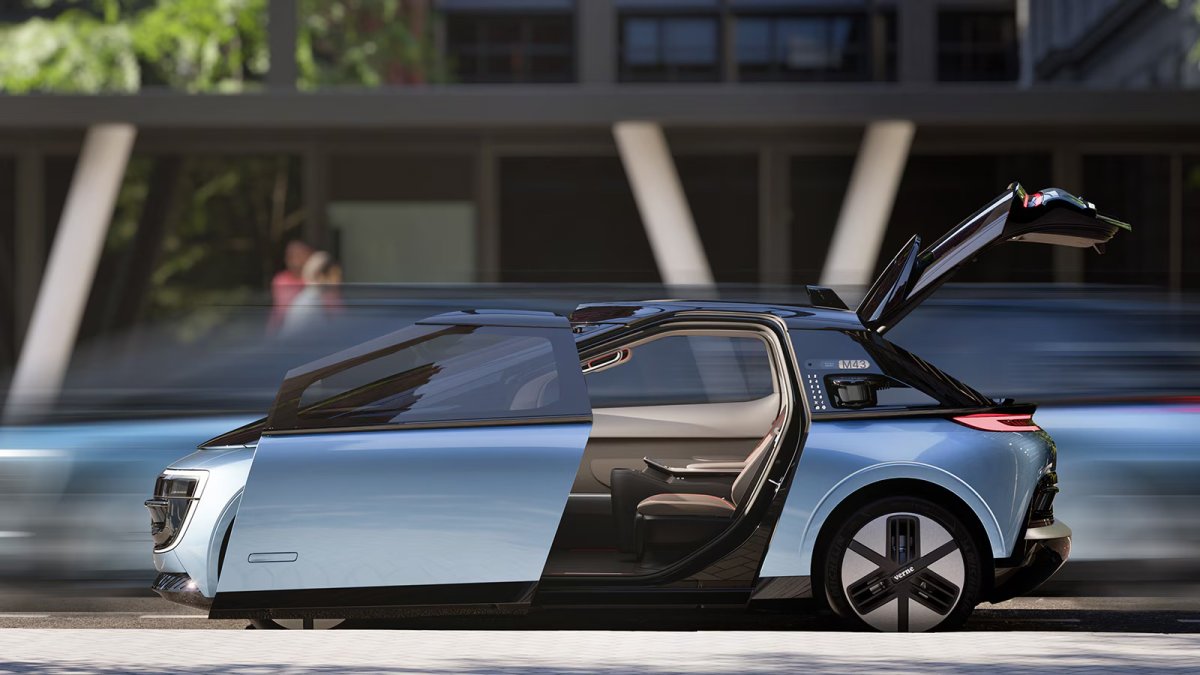
Rimac, the company behind the Rimac Nevera electric hypercar, has announced that it intends to produce a robotaxi, and it looks quite similar to Tesla’s concepts. Much of what we’ve heard about Tesla’s upcoming robotaxi, the Cybercab, is featured in Rimac’s autonomous vehicle. From the two seats to the airy interior and the center-screen-focused interior, it’s all here, although there are significant differences as well. Rimac’s prototype, called Verne, was revealed on Wednesday, June 26th.
Verne Robotaxi
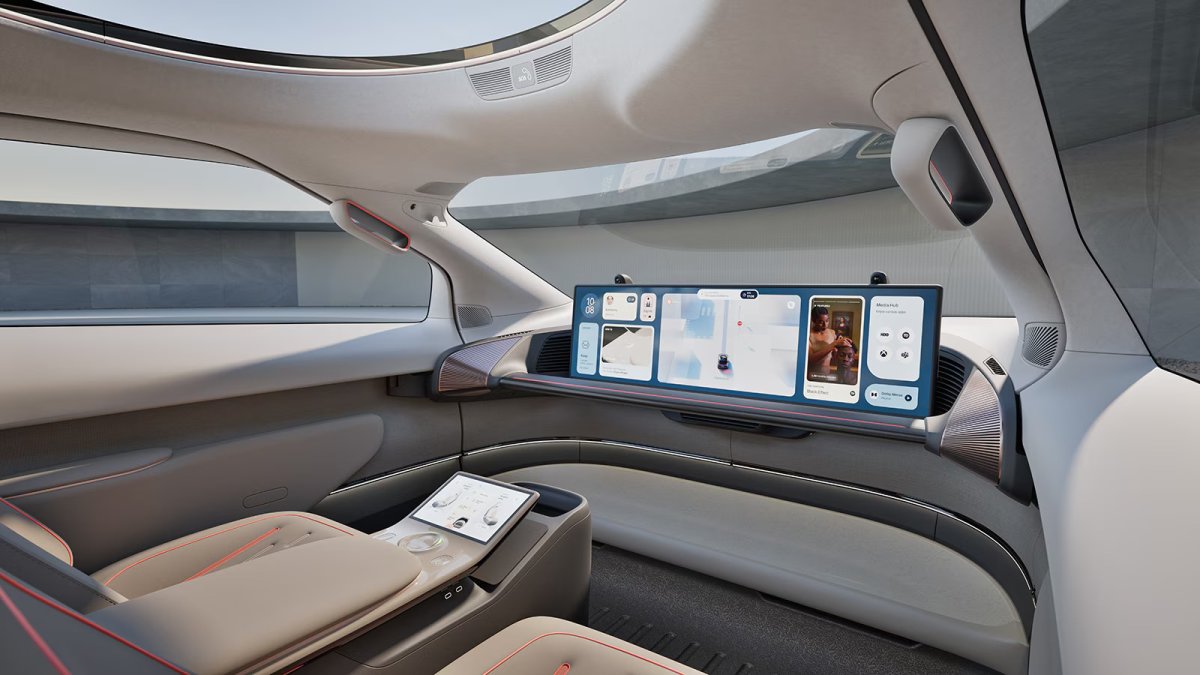
The Verne is expected to begin operation in 2026 and is a two-seater robotaxi using Mobileye’s LiDAR technology. The vehicle is expected to be a level 4 autonomous vehicle, which means it would still require remote support for handling complex situations, similar to Waymo’s work in San Franciso.
The Verne has a 43” display, and 17 speakers, and is supposedly designed to emulate “a room on wheels”, with an inside-out design concept. Interestingly, rather than regular doors, the Verne has doors that swing forward horizontally, along with a keypad-based entry system.
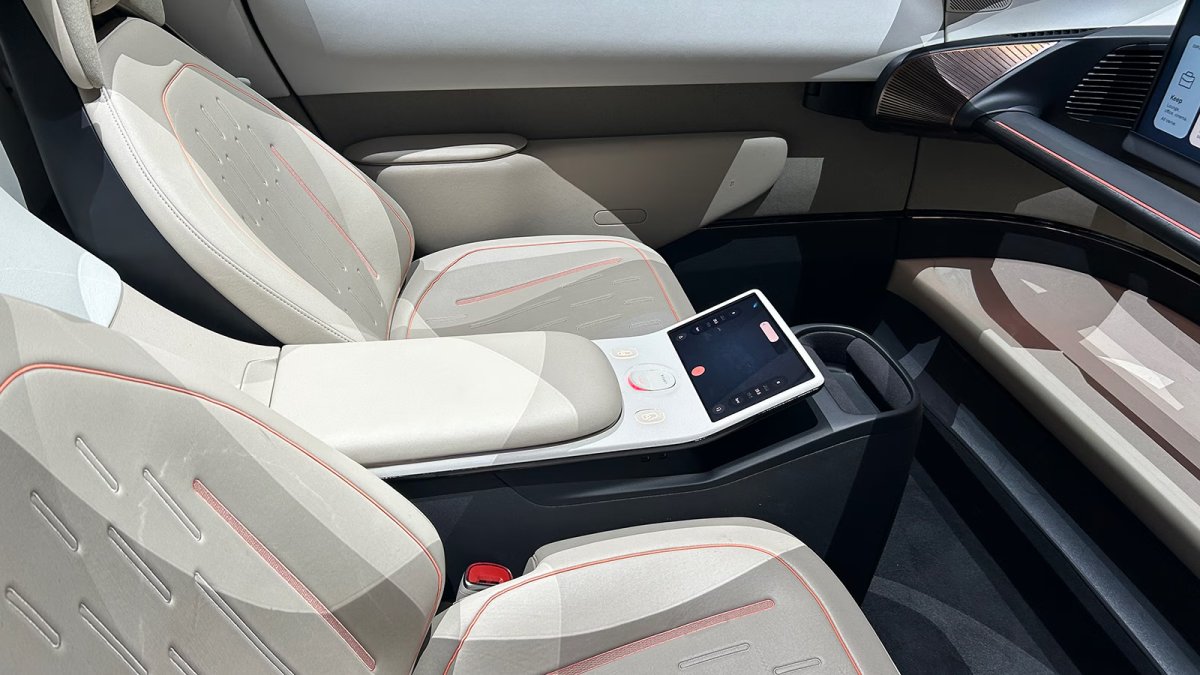
Rimac says they have signed agreements to launch in 11 cities in the EU, the UK, and the Middle East. They have also mentioned they are negotiating contracts with 30 more cities worldwide.
Rimac also showed off images of its robotaxi app and a concept building for its robotaxis – presumably a charging and service hub.
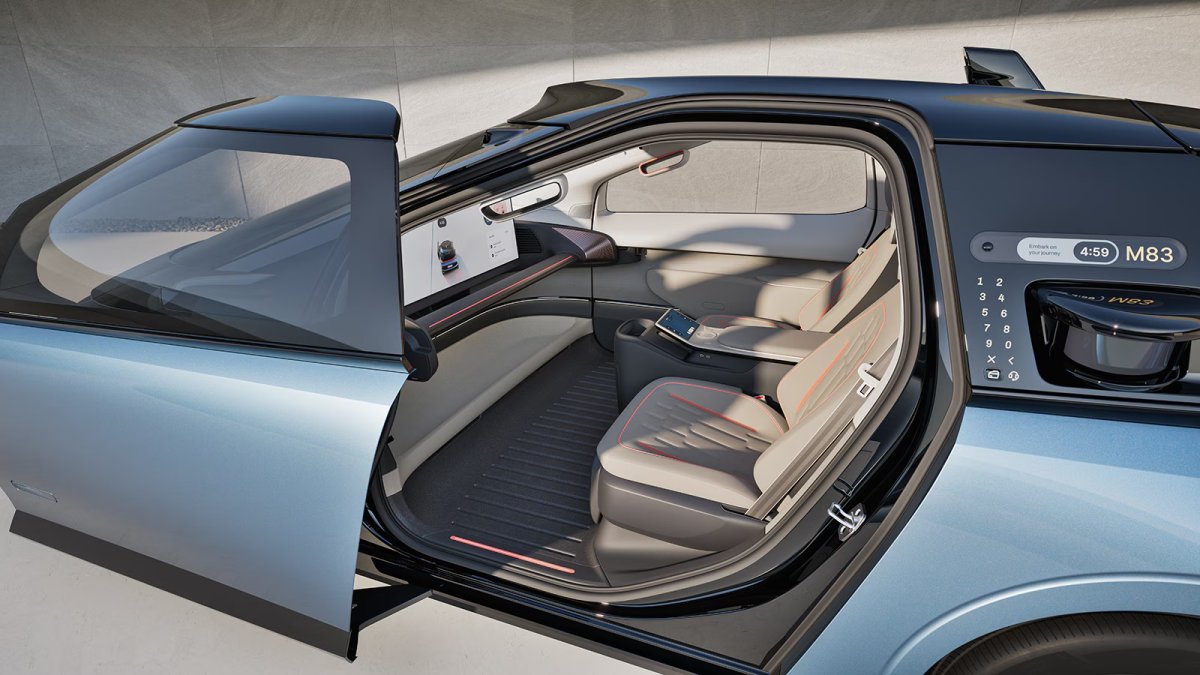
Comparing Rimac’s Robotaxi to Tesla’s
Although Tesla has yet to reveal the Cybercab, there are several things Tesla has already talked about for their upcoming robotaxi. One key difference between Rimac’s vision and Tesla’s is that Tesla appears to be chasing the cheapest possible transport, with Tesla previously touting ride prices that would rival bus ticket prices. While Rimac appears to focus more on an ideal experience. While everyone loves extra luxury, at the end of the day, price usually wins.
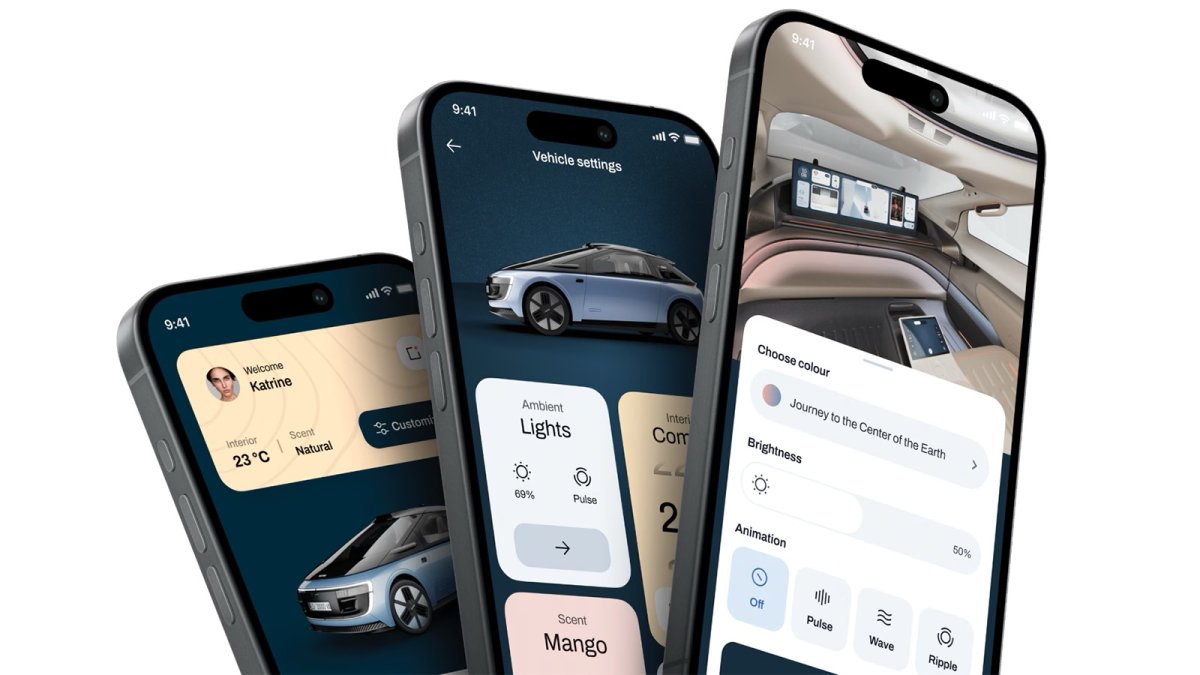
One example is Tesla’s single center screen, compared to Rimac’s two screens. In addition to the viewable 43” center display, which presumably is not a touch-screen, Rimac has a separate screen and controls between both passenger seats. Tesla’s approach appears to focus on a single screen, with the user controlling much of the car’s control such as music and climate through Tesla’s robotaxi app.
Another example is Rimac’s idea of including an entry pad and screen on the outside of the vehicle for passenger to be able to unlock the vehicle. Tesla’s approach to unlocking a vehicle is expected to rely on temporary keys that are tied to user’s phones leveraging ultra wideband, a lot like how Tesla’s phone keys work today on newer vehicles.
Tesla’s approach to autonomy is also drastically different than Mobileye’s, which relies on radar, LiDAR and more cameras than Tesla’s Autopilot suite today.
Viability
This announcement from Rimac is a bit of an oddity. As a company, Rimac has produced less than 150 vehicles in their short lifespan – all hand-designed and hand-produced Rimac Nevara hypercars. Their ability to scale to produce more than a handful of these Verne robotaxis, while visually appealing, is questionable at best.
On the same front, Rimac recently received a $200M Euro grant from the EU as part of a package to develop an economic recovery plan for Croatia. Rimac has also received $80M Euros in funding from Hyundai and Kia – but that was to collaborate on a high-performance fuel cell electric vehicle, and a high-performance EV sports car.
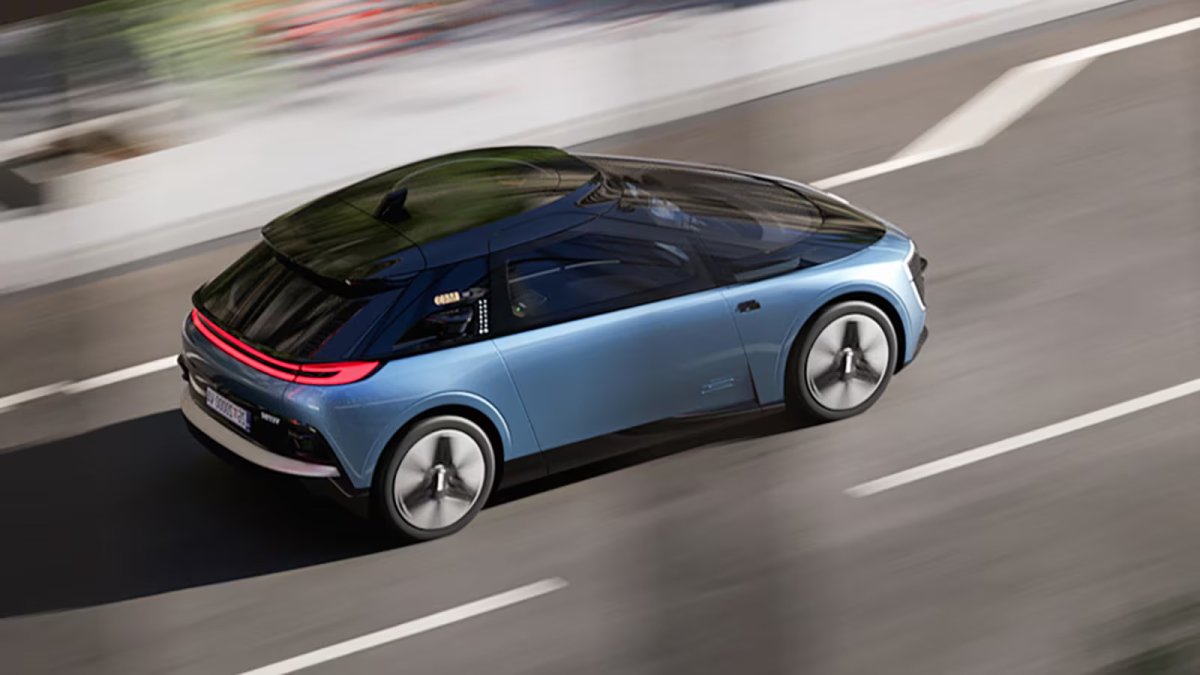
Beyond that, Rimac has never done any work with autonomy – the self-driving tech that is running the Verne is entirely based on the outsourced work from Mobileye. It seems that the Verne will serve as Mobileye’s real-life test on whether its technology can be integrated into a Robotaxi platform on its own.
Tesla previously used Mobileye’s technology for its own autonomy during its inception years (AP 1) but quickly moved on towards using its own vision-based camera tech instead.
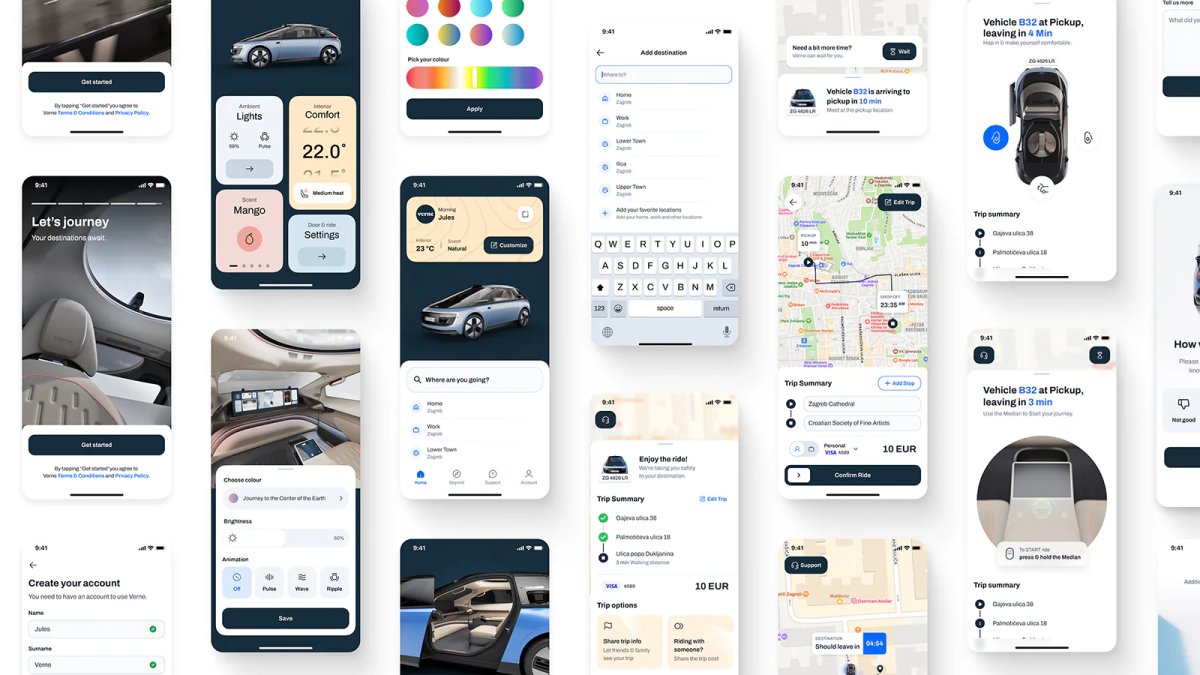
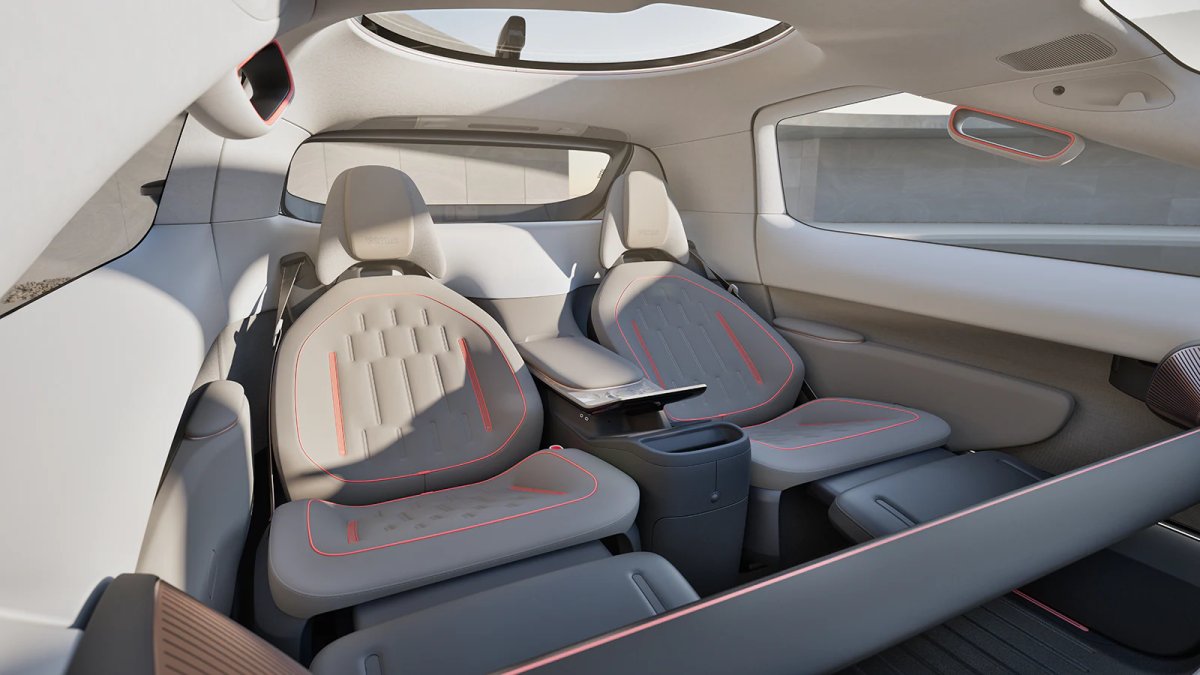
By Karan Singh
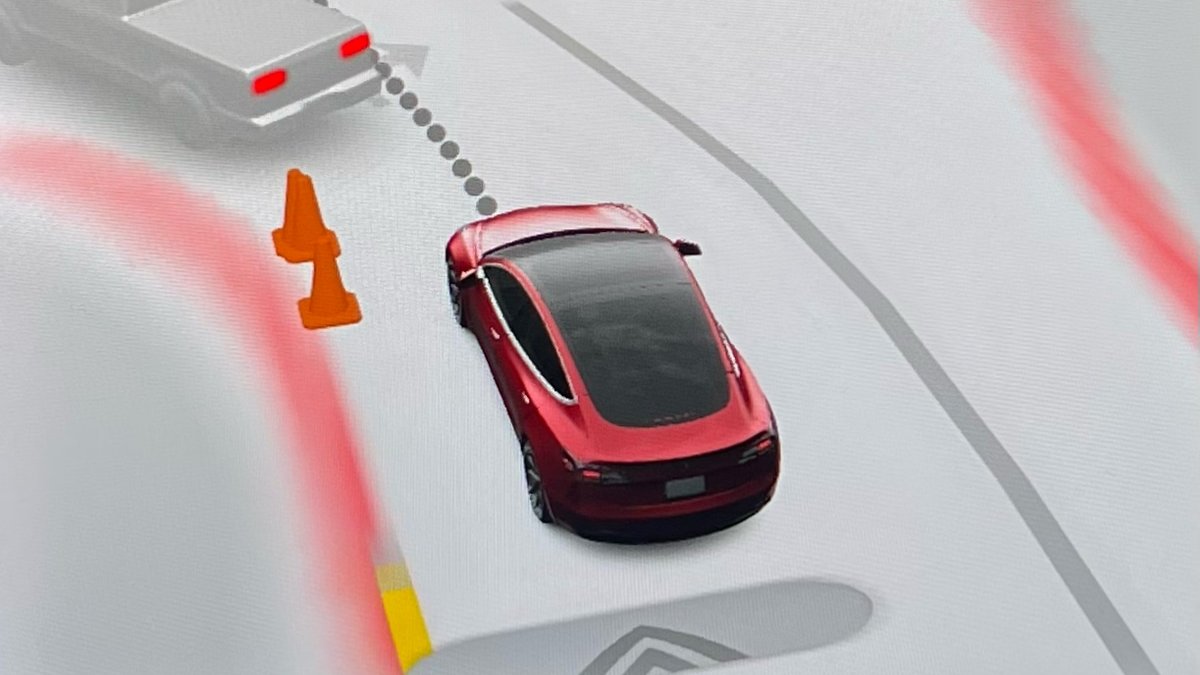
FSD v12.4 has been in the works for quite a while now, with Elon Musk previously suggesting that it would arrive near the end of May.
Musk has now given us an update on the state of v12.4, saying that FSD v12.4.2 will start rolling out to employees today.
FSD V12.4.2
FSD V12.4 initially launched with V12.4.1 to select customers on build 2024.15.5, bringing the much anticipated no-nag update alongside it. V12.4.1 had some issues according to Tesla’s early access customers who received the update in early June, with lane drifting and lane selection still being issues. On the flipside, V12.4 tends to be more assertive and less hesitant in intersections and parking lots.
Elon also mentioned that FSD 12.4.2 is much smoother, but the challenge is “keeping safety high, while also increasing ride comfort.”
Although v12.4 didn’t come with Banish Autopark and Park Seek, it did include the new vison monitoring that lets the vehicle not nag you under certain conditions.
Expected Release
We just need to confirm there are no safety regressions
-Elon Musk
So, now with the new confirmation that 12.4.2 is going to roll out to internal testers and employees soon, how far away is it for customers? It looks like it may be at least a few days away at the earliest for customers that are on FSD v12.4.1, and probably at least a week away from adding additional owners, assuming that testing goes well with this upcoming build.
When asked if V12.4.2 would come to customers on the July 1st weekend, Musk said “we just need to confirm there are no safety regressions”, which means it could be closer than we expect for ordinary customers.
FSD V12.5
So, with V12.4.2 on the horizon, what in the world is happening with V12.5? And what features will it bring with it?
In terms of features, Elon previously mentioned that V12.5 is supposed to bring Actually Smart Summon, along with fleet-based vehicle communications, and further reduce the likelihood of driver interventions. It’s also supposed to be the first iteration of Autopilot and FSD that the Cybertruck will be receiving.
It was previously supposed to arrive in early July, but that estimate is clearly out of the window given how delayed V12.4 has become. We could honestly expect FSD V12.5 to arrive alongside the 8/8 Robotaxi announcement, which would be fairly fitting.
Bagikan Berita Ini















0 Response to "Tesla Now Display Which Apps Are Accessing Your Vehicle's Location in Update 2024.20 - Not a Tesla App"
Post a Comment